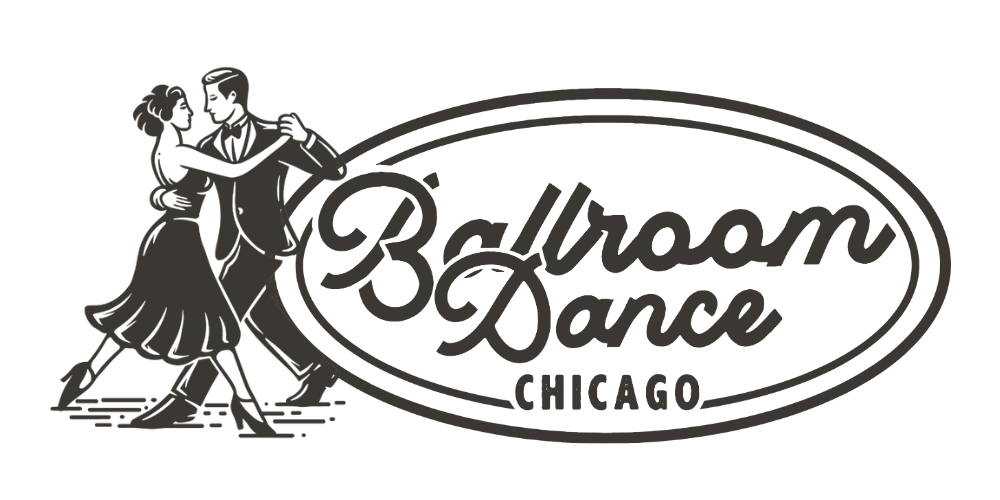Dance Lessons Are More than Learning Spins & Dips
We are dance instructors, not therapists, but we can’t ignore the fact that dancing together, and more specifically learning to dance together helps to maintain a happy, healthy relationship. We all have basic needs that must be met in order to live fulfilling lives. Identified by Abraham Maslow, an American psychologist, as a hierarchy for human potential, there are six basic human needs that are all met through the process of learning to dance. By learning to dance with your loved one, you are not only meeting your personal needs, but you are fulfilling the needs of your partner and strengthening the bond between you.
Certainty = feeling comfortable, safe, secure
We’ve all heard variations on the phrase, “The couple that does ______ together stays together,” and that is very much the case with learning to dance.
Everyone wants to know that they are in a secure relationship, and that each partner is fully committed. By spending an hour holding the person you love, you are physically communicating your dedication and commitment to them; therefore, solidifying the connection between you.
Variety = feeling challenged
While any learning process is filled with variety (because that is the nature of learning), learning to dance together offers variety directly to the way you relate to your partner. Though you already may understand how to communicate with one another in a number of ways (verbally, nonverbally), learning to dance offers you the challenge of communicating and connecting in a new physical way.
Significance= feeling needed
Just putting time aside every week to spend with your partner makes him/her feel like an important part of the relationship, but deciding to spend your quality time dancing together requires much more attentiveness to your partner than watching a movie or eating together; there’s no better way of making someone feel significant than giving them an hour of undivided, face-to-face attention. If both individuals are present and focused on performing their dance roles effectively, the partnership will flourish.
Connection= feeling loved, feeling one with your partner
To dance well, the performance must go beyond an accurate execution of the footwork. There must be a physical, psychological and emotional connection between the partners dancing. Through taking dance lessons, you are learning new way of being in sync, both physically and emotionally. Each time you practice your first dance, you are not only practicing your physical techniques, but your emotional connection, as well, deepening and strengthening the bonds of your relationship. This is why we stress to couples to not just treat dance lessons as a means to an end, but to make every lesson special – to make every lesson a date.
Growth= continuous development of knowledge and ability
In any learning process, there is an expected outcome of growth. Learning to dance is different in that you are both witnessing and participating in your partner’s learning process. When your partner is vulnerable and you are able to support them, it not only creates a lasting bond between you, but you are growing as an individual in order to adequately meet the needs of your partner.
Contribution= going beyond yourself, giving to the greater good
Spending time dancing together is a way to work on your relationship. By doing so, you are creating a positive and healthy relationship that has benefits beyond you and your relationship. By cultivating a deeper connection with your partner, you set an example for those around you – your friends, family, children – and inspire them to spend time creating deeper and healthier connections to those they love.
For some other helpful blogs about how to learn to dance with your partner, read: lighten up; Eureka! being a contribution; dance and happiness.

